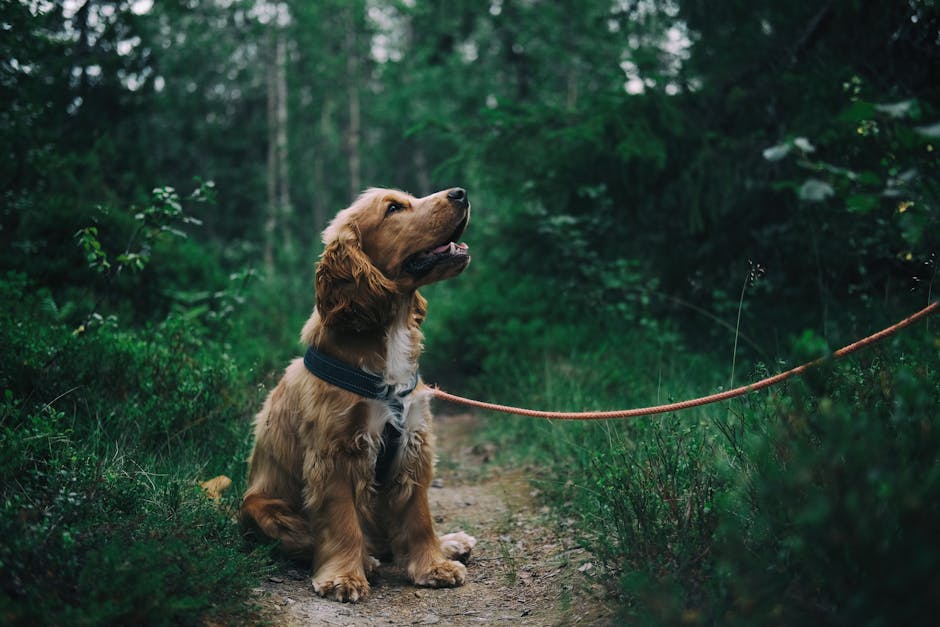Training your dog is an incredibly rewarding experience that can strengthen the bond between you and your furry companion while ensuring their happiness and well-being. Whether you're a first-time dog owner or an experienced handler, this comprehensive guide will provide you with everything you need to know to successfully train your canine friend.
**Understanding Your Dog's Learning Style**
Every dog has a unique learning style, so it's crucial to understand how your pup learns best. Some dogs respond well to positive reinforcement, such as treats or praise, while others may require more structure and consistency. Observe your dog's behavior and preferences to determine the most effective training methods for them.
**Setting Realistic Goals**
Before you embark on your training journey, it's important to set realistic goals for your dog. Start with basic commands like sit, stay, come, and heel. As your dog becomes proficient in these commands, you can gradually introduce more advanced tasks. Avoid overwhelming your pup with too many commands at once.
**Consistency and Patience**
Consistency is key in dog training. Establish a regular training schedule and stick to it as much as possible. Be patient and understanding with your dog, especially if they don't grasp a command immediately. Repetition and positive reinforcement will eventually lead to desired results.
**Positive Reinforcement**
Positive reinforcement is the most effective way to train your dog. When your pup performs a desired behavior, reward them with a treat, praise, or a fun activity. Avoid punishing your dog for mistakes, as this can damage their confidence and hinder their learning.
**Socialization**
Socialization is an essential aspect of dog training. Exposing your dog to different people, other animals, and novel environments will help them become confident and well-adjusted. Attend puppy socialization classes or take your dog on regular outings to various locations.
**Leash Training**
Leash training is crucial for both safety and control. Teach your dog to walk calmly on a loose leash without pulling or lunging. Use treats and positive reinforcement to encourage desired behavior and discourage pulling.
**Advance Training**
Once your dog has mastered basic commands, you can consider introducing more advanced training techniques. This could include agility training, obedience competitions, or specialized tasks like service or therapy work. Consult with a professional dog trainer to determine the most appropriate advanced training options for your dog.
**Conclusion**
Dog training is an ongoing process that requires time, effort, and dedication. By following these guidelines, you can effectively train your dog to be a well-behaved, happy, and confident companion. Remember to be patient, consistent, and positive throughout the training process, and enjoy the rewarding journey of strengthening the bond between you and your beloved furry friend.
